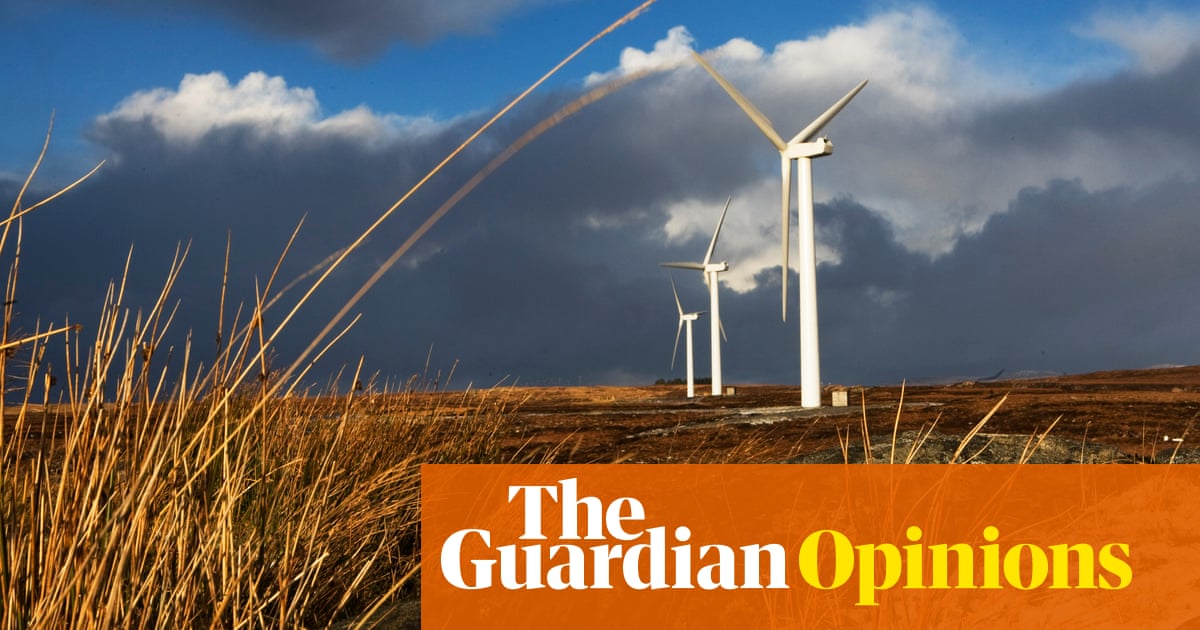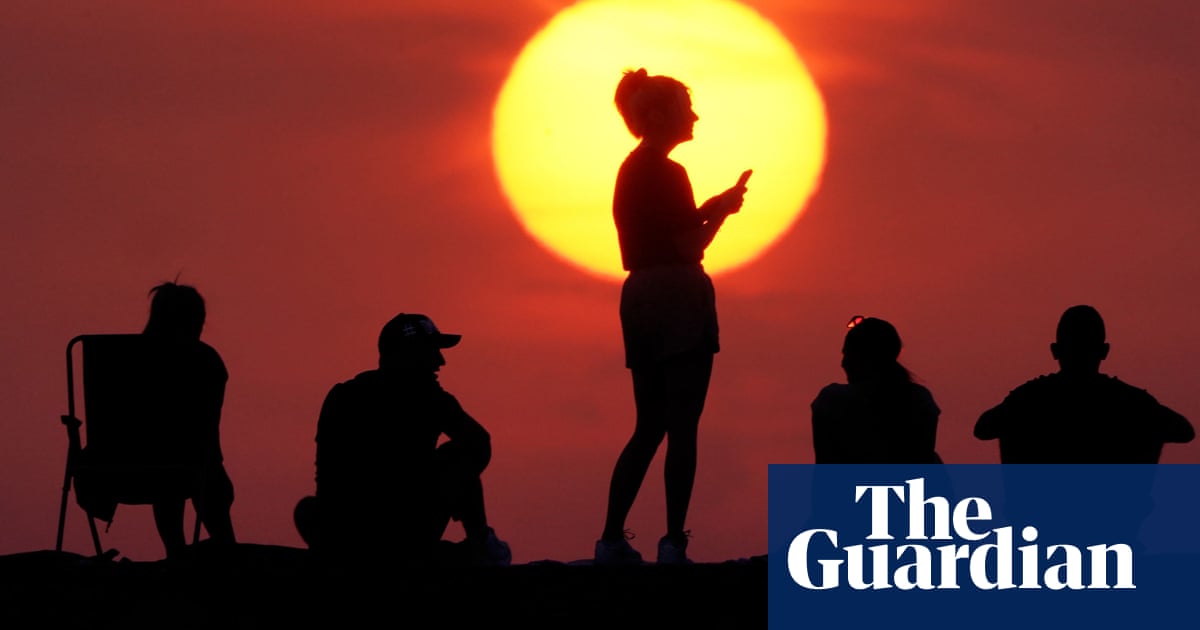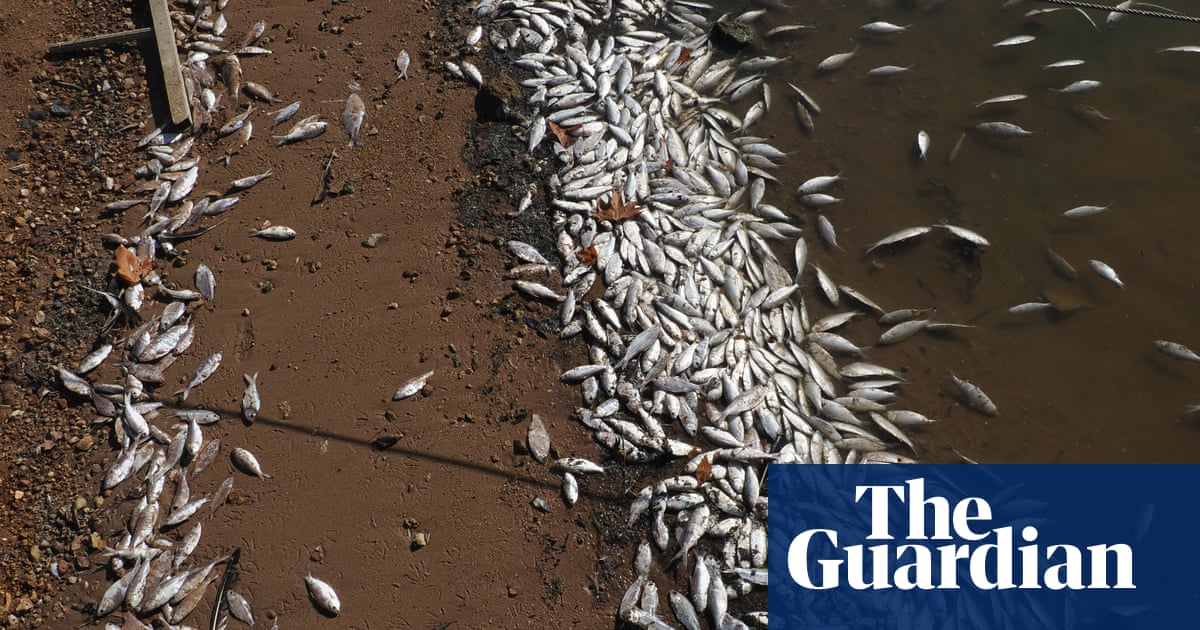Four ways your community can save lives during this summer’s heat waves » Yale Climate Connections

Blistering heat waves are getting more intense and dangerous as the climate warms, increasing the risk that extreme heat will sicken or kill people. But even as federal climate action stalls and reverses in the U.S., local governments can step in to protect their residents.
Regular people can get involved in pushing their governments to step up emergency preparedness, said Candice Youngblood, a Los Angeles-based attorney for Earthjustice, a nonprofit public interest environmental law organization. That might look like attending council meetings, joining community organizations, and rallying their neighbors.
“Our locally elected officials, they serve us, so you can go to their offices and talk to them about the issues that you’re concerned about and ensure that the decisions that they are making are serving our interests and the world that we’re trying to create,” Youngblood said.
Included in this article are just four of many ways that local governments can have an immediate impact on the quality of life, health, and safety of residents as they are confronted with increasingly extreme weather.
1. Help residents experiencing homelessness find safe, permanent housing.
Extreme heat is the most deadly weather hazard in the U.S., and climate change is making heat waves more frequent and severe.
Heat waves can be particularly perilous for people who don’t have reliable access to safe indoor shelter. A growing body of research has demonstrated that hot overnight temperatures can be particularly deadly. When people don’t have an air-conditioned place to sleep during hot nights, their risk of death is higher.
Mary Frances Kenion, vice president of training and technical assistance at the National Alliance to End Homelessness, said that all states in the U.S. lack the shelter capacity to protect people from extreme temperatures.
“With an increase in those extreme weather-related events, folks have to start considering emergency preparedness and response with and for people experiencing homelessness on a year-round basis,” she said.
Local governments can create safer conditions for unhoused residents by adopting housing-first strategies, Kenion said. The housing-first approach prioritizes providing people who are experiencing homelessness with permanent housing so that they can work through steps like finding a new job or addressing mental health challenges while they have a stable roof over their heads.
“Ending homelessness in the United States is achievable,” Kenion said. “Permanent housing strategies are the immediate and only long-term solution for homelessness.”
Researchers have shown that housing-first policies are more effective at helping people stabilize their lives than temporary solutions like adding more shelter beds. But Kenion acknowledged that interim solutions are also often necessary as communities work to build more housing.
Many cities in the U.S. have had success implementing housing-first initiatives. As recently as 2012, Houston, Texas, had the sixth-largest homeless population in the U.S. That year, the city committed to housing-first policies by unifying efforts across a range of public and private organizations under an action plan called “The Way Home.” Since then, Houston’s homeless population has been reduced by 63%, and over 30,000 people have been placed in permanent housing, CBS’s Martha Teichner reported in April 2024.
If you want to get involved in ending homelessness, you can seek out and support affordable housing and housing justice organizations in your community, attend and speak at relevant city council meetings, or lobby city officials.
Read more: 13 tips for lobbying your elected officials about climate change
2. Offer public communication and resources during heat waves.
Although awareness is growing about the health risks of climate-change-intensified heat
waves, many people still don’t know the dangers heat poses to their bodies — or the resources that may be available to help them keep cool.
In a 2024 interview, climate change and public health expert Kristie Ebi told Yale Climate Connections that lives would be saved if local governments created early heat-wave warning and response plans. She emphasized that the “response” component is essential.
“A smoke alarm going off makes no sense without a fire engine,” echoed Naveen Rao, senior vice president of the Rockefeller Foundation’s Health Initiative, in an interview with Time reporter Harry Booth.
In the early 2000s, many U.S. cities introduced heat warning systems, but they often failed to save lives. In a 2018 paper, researchers from Brown and Harvard reported the effect of warnings on mortality in 20 U.S. cities. They found that in most cases, the warnings did not result in a reduction in heat deaths.
The exception was Philadelphia, where the researchers estimated that an average of 4.8 lives were saved for each health alert issued. The researchers hypothesized that the city’s robust response plan made the difference.
When Philadelphia declares a heat emergency, the following services are activated to keep residents alive and cool:
- The Heatline – a special helpline number – is open for calls from people who have health concerns or questions.
- Cooling sites are made available to the public.
- The Office of Homeless Services increases its outreach.
- Utility shutoffs are suspended.
- Additional pet safety measures are enforced by Philadelphia’s animal care and control team.
The city also reminds people of the health risks of the heat. One warning issued on the city’s website and through a free email and text service noted, “When daytime temperatures reach the 90s or triple digits and are accompanied by high humidity for two or more days, dehydration, heat exhaustion, and heat stroke can happen.”
It is important to note that heat wave warnings are often triggered by forecasts from the National Weather Service, where many offices are critically understaffed after Trump administration staff cuts. If forecasts are privatized, as Project 2025 proposed, or become less accurate due to staffing or data issues, cities may have to figure out new ways to decide when to send warnings.
3. Require heat safety protections for outdoor workers.
People who work outside in hot weather are disproportionately vulnerable to heat-related illness and death. According to the Environmental Protection Agency, a total of 986 workers in the U.S. died from exposure to extreme heat from 1992 through 2022. Note: Heat-related deaths are often undercounted.
Outdoor jobs that require physical activity are the most dangerous during heat waves. Construction workers accounted for 34% of all workplace heat deaths reported by the EPA despite only making up about 6% of the U.S. workforce. Globally, researchers have estimated that farmworkers face a 35% higher risk of heat-related death than workers in other industries.
Phoenix residents are no strangers to heat. In 2024, the city had 143 days when the temperature rose above 100 degrees Fahrenheit.
The Phoenix City Council unanimously passed an ordinance in March 2024 requiring city contractors and subcontractors to develop a plan to prevent heat-related illnesses and injuries in the workplace.
Workers at the Phoenix airport, which is owned by the city, began organizing in 2019 to get heat protections. Victoria Stahl works for UNITE HERE Local 11, a union that represents hospitality and food service workers at the airport. Stahl said that working with other unions and stakeholders made the process more successful and led to the ordinance’s passage.
“When you have a coalition, you not only are able to get different voices and different concerns, but you’re able to have louder voices,” she said. “People stood together to say, ‘No, this is a problem, we need to fix it. You need to treat us with dignity and respect, and you need to give us the things that we need, so we’re not going to be sick or possibly die from heat stroke while we’re on the job.”
Stahl said that union organizing can be particularly powerful. But if you don’t have access to a union, you can start by having conversations with other community members, building coalitions with other vulnerable groups, and then going to city council to testify or meet one-on-one with your elected officials.
For those looking to be part of coalition-building, Stahl recommends thinking about which other groups of people are vulnerable to the heat – she specifically called out unhoused folks and veterans – and joining organizations that support them.
“That’s really where it starts, is just having conversations,” Stahl said. “A lot of people don’t realize how much they have in common and how many things that they are struggling with, that other people are also struggling with.”
Around the same time that the ordinance passed in Phoenix, Miami-Dade County in Florida was moving toward passing similar protections. In response, the state of Florida passed a law banning local heat safety laws. Texas had done the same the year before.
“I’m glad that Phoenix could be the first to pass this,” Stahl said. “But it’s also very sad that more workers across the country don’t also have the same protections because while Phoenix has extreme, extreme heat, we’re not the only ones.”
4. Reduce air pollution from city buses and trucks
Another way that cities can save lives is by transitioning public transportation and city fleets to electric vehicles. Air pollution from burning fossil fuels is responsible for one in five deaths worldwide, according to a study by researchers at Harvard, the University of Birmingham, the University of Leicester, and University College London.
In the U.S., many buses and trucks run on diesel fuel. Breathing in diesel pollution can cause asthma and worsen heart and lung diseases. In California, diesel pollution called particulate matter is responsible for an estimated 730 cardiopulmonary deaths, 160 hospitalizations, and 370 emergency room visits each year, according to the California Air Resource Board. Diesel engine emissions are responsible for about 70% of the cancer risk from air pollutants in California, the board said.
On hot, sunny days, particulate matter from traffic exhaust can turn into ozone pollution, which also aggravates the lungs. Air pollution has cognitive impacts, too, and has been shown to harm student and worker performance.
In Los Angeles County, environmental justice and labor organizers with the LA County Electric Bus and Truck Coalition have been pushing for the electrification of city buses and fleets.
“That’s the trucks that carry our goods, the mail trucks delivering mail in every neighborhood, the school buses that take our kids to class, and public transit fleets,” said Candice Youngblood, the Earthjustice lawyer.
Thanks in part to their effort, Los Angeles Metro, the third-largest public transportation fleet in the U.S., committed to transitioning to an all-electric fleet by 2030. Although some progress has been made, including fully electrifying one bus line, the city said in 2024 that it will need until 2035 to fully transition to electric buses.
Youngblood said the coalition is pushing for the city to speed up and prioritize the transition ahead of the 2028 Olympics, set to be hosted by Los Angeles.
The city, she said, has the chance to show leadership, particularly as federal investment declines.
“We saw that cities did fight during the first Trump administration. When LA made its initial commitment for an all-electric fleet, that was during the first Trump administration,” Youngblood said. “It’ll be critical that states and localities continue to show that leadership and pave the path forward.”







